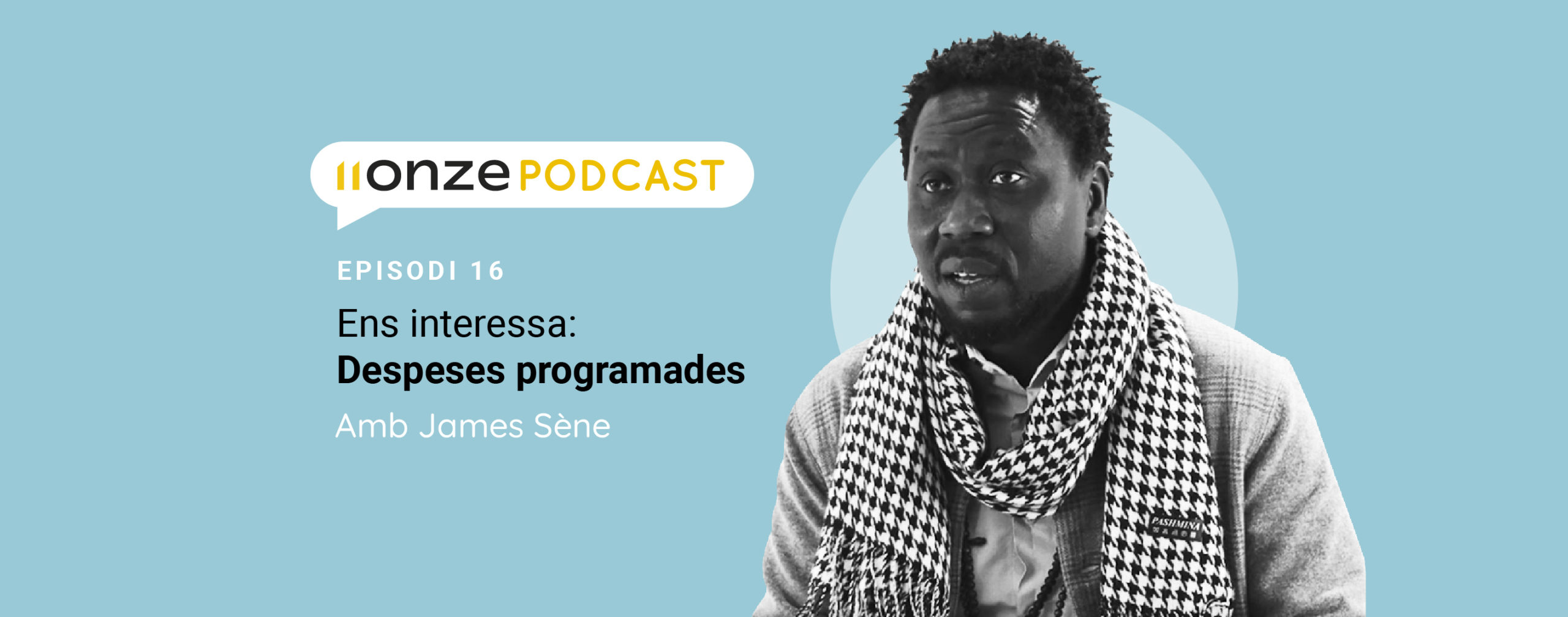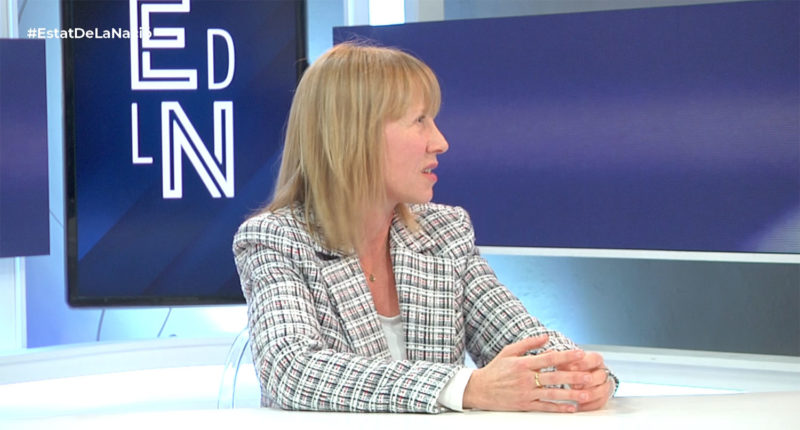

Micro-expenses: where do your savings go?
These are small, everyday expenses that, at the end of the year, have a major impact on our finances. The President of 11Onze, James Sène, gives us the keys to identifying these small expenses and mitigating the effect they can have on our pocket.
The water bill, the electricity bill, insurance, the euro a day for coffee… there are many products or services that we consume on a daily basis without stopping to think about their cost. Whether out of habit, lack of time, or lack of alternatives, we do not periodically review these costs, and we assume them without thinking about the impact they can have on us every year.
This fact, which in itself can be a disaster in our economic planning, is aggravated in economic contexts such as the current one, in which the excessive increase in inflation is not translated into an increase in salaries.
Ant expenses
When your monthly income comes in, can you tell where every penny goes? It is quite common to get to the end of the month, check your expenses and not understand where the money has gone. To identify these expenses in your daily economy, Sène suggests two main characteristics: “they are things that we consume on a daily basis and that have a relatively low cost, i.e. all those essential expenses that we need before we start doing anything else”.
Sène raises the impact that can be had by something as simple as paying attention to all our expenses and, to give us an idea of the impact it can have on our economy, he warns that “with the analysis we have done, families can save €4,000 simply by paying attention“. It is therefore a question of changing the lens through which we analyse our finances and prioritising savings on basic expenses rather than cutting back on leisure or our holidays.
Programmed to consume
Part of this consumerist vision can be explained by everything that advertising and brands make us do, “advertising pushes us to make programmed purchases, we don’t make intelligent purchases“, warns Sène. 11Onze wants to break with this dynamic and, for this reason, will make available to the whole community all the information related to this type of expenditure.
Through comparisons, calculations, and basic information, all this data will be put on the table to allow us to pay attention to ant-spending without having to spend time and effort.
If you want to wash your clothes without polluting the planet, 11Onze Recommends Natulim.






Gràcies, Daniela!!!
Gràcies, Joan!!!
Interessant conversa ,jo ja fa molts anys que em porto, podriem dir ,la comptabitat amb un full d’excel ,saber en que faig les despeses i intentar estalviar cada mes,am diversos objectius(vacances,un bon dinar o sopar en un bon restaurant ,i clar estalviar (guardar calerons per si de cas )
Per cert ho vaig aprendre d’un banquet
Espero amb ansia saber quin son wls productes formiga
Gràcies
Molt bé, Alícia, ben fet, però ja saps que no tothom ho sap fer, l’educació rebuda, el tarannà de la persona i el consumisme desorbitat en poden ser les causes… Moltes gràcies pel teu comentari!!!
Es important la resposta del senyor James Sène al Jordi sobre la idoneïtat en aquest moments, de contractar una hipoteca amb unes certes característiques. Seria bo fer-ne un podcast o un article.
No se si se n’ha publicat algun i no el recordo. Si és així apostaria per tornar-lo a publicar.
Gràcies
Una bona idea, Mercè. Moltes gràcies pel teu comentari!!!
Molt bona explicació de James

 . Tinc una pregunta per al senyor James Sène: ara és moment de comprar un habitatge mitjançant una hipoteca amb un 1,85% de tipus d’interès q suposi un endeutament del 300%?
. Tinc una pregunta per al senyor James Sène: ara és moment de comprar un habitatge mitjançant una hipoteca amb un 1,85% de tipus d’interès q suposi un endeutament del 300%?
Gràcies Jordi, respecte la teva pregunta no tinc prou dades, no obstant et faig la següent consideració:
El deute pot ser un benefici financer quan es gestiona correctament. Tot i que les preferències d’una persona en última instància dicten la quantitat de deute amb la qual se sent còmode, la regla 28/36 proporciona un punt de partida útil per calcular una càrrega de deute raonable.
Segons aquesta norma, les llars no haurien de gastar més del 28% dels seus ingressos bruts en despeses relacionades amb l’habitatge. Això inclou pagaments hipotecaris, assegurances de propietaris, impostos sobre la propietat i despeses d’escala. I les llars no haurien de gastar més d’un màxim del 36% en el servei total del deute, és a dir, despeses d’habitatge més altres deutes, com ara préstecs per a cotxes i targetes de crèdit.
Molt interesant.
Estarem atents a la publicació de la comparativa de preus.
Moltes gràcies pel teu comentari, Manel!!!
Esperarem la comparativa dels preus. En els productes que valen poc és on hi ha el parany, perquè costa adonar-se de la diferència.
Amb el desgavell de l’actual inflació, productes el preu unitari del quals no arriba a 5 euros o el quilo a 10, s`han apujat fins a un 15 o 20%. Molts no s’hi fixat, perquè les diferències en terme absolut són petites.
Moltes gràcies per la teva aportació als comentaris de l’article, com sempre tu no hi faltes mai. Moltes gràcies!!!